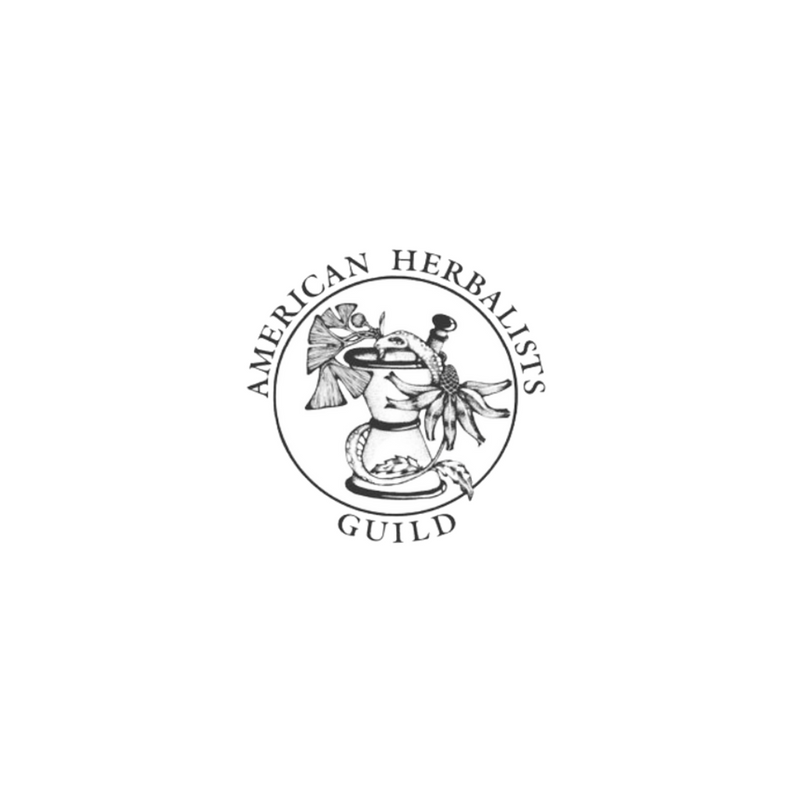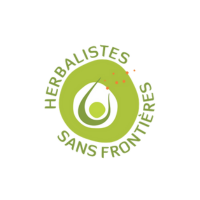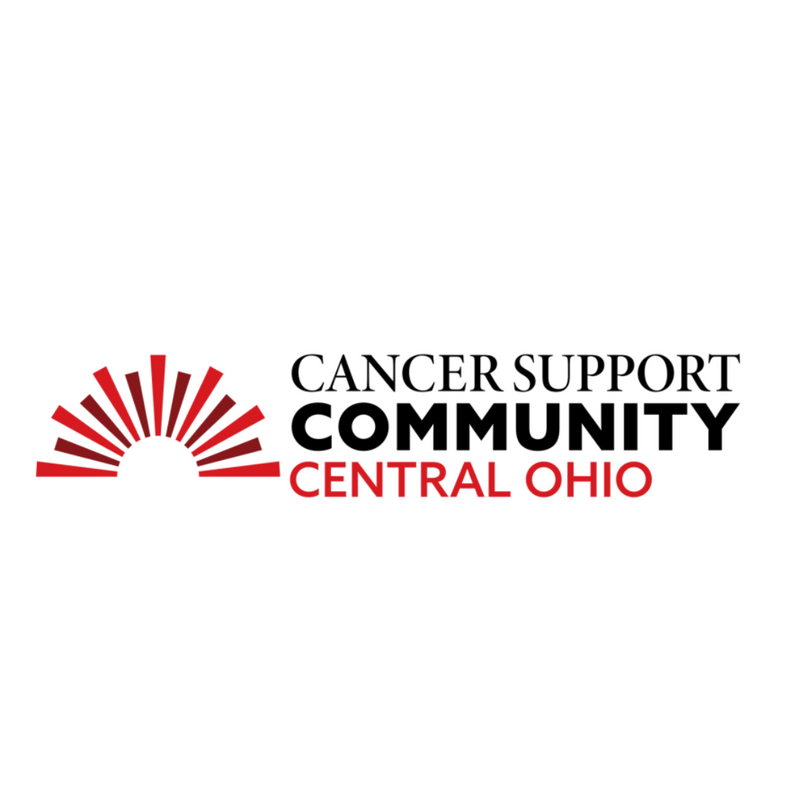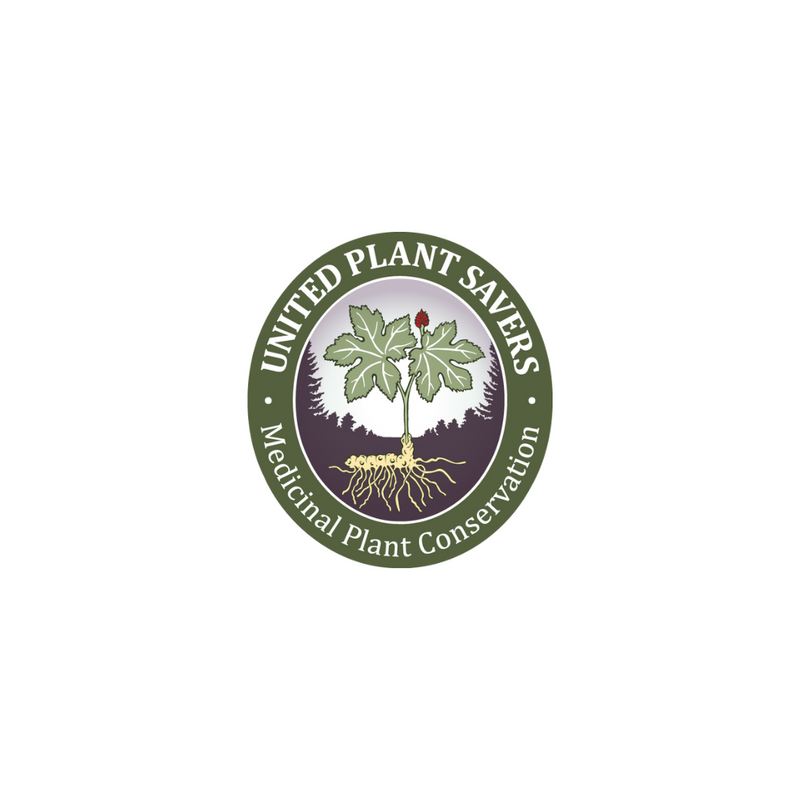
Detox Your Home, Part Two by Bethany George
Share
 We have been taught by big industry that we need heavy hitters (in terms of fragrance, caustic properties, and foaming action) in order to make our home "clean". I think perhaps we get to redefine what "clean" actually is.
We have been taught by big industry that we need heavy hitters (in terms of fragrance, caustic properties, and foaming action) in order to make our home "clean". I think perhaps we get to redefine what "clean" actually is. Sometimes our ways of doing things are based on tradition, how we were taught, or simply habit. Sometimes it just takes looking at those things again with fresh eyes to determine if what we have been doing is really what is necessary. In the case of clean, so often we think we must create a near sterile environment in order to count it as clean. Not realizing that in most cases, not only is that not really needed, it's not achievable, nor is it actually healthy. Quite frankly, the conventional methods of attempting this measure only creates other (sometimes more dangerous) consequences.
Cleaning involves three methods:
Physical: mechanically removing dirt/grime (aka good old fashioned elbow grease). Examples are using cleaning clothes with just water (or dry), sweeping, mopping.
Chemical: chemical reaction to break down grease or destroy germs. Examples are using commercial cleaners such as bleach, vinegar, baking soda, soap.
Thermal: using heat to kill germs. Best example is washing dishes. The dishwasher does this well. Or boiling utensils or toothbrushes to sterilize them.

When it comes to clean, the goal really is to create a surface or area that is mostly cleared of food, dirt/dust and removing the majority of germs. For most of our home this will simply require the basic action of physically wiping using a rag, sponge, broom or mop. Chemicals are not necessary.
The top cleaners in our homes we often feel we still need when switching to more natural alternatives are:
All-purpose (counter tops mainly)
Dishwasher soap
Toilet bowl cleaner
Glass cleaner
Laundry soap
Kitchen Surfaces:
The #1 area we want to be more conscious of germs would be in the kitchen on cooking surfaces. Utensils, cutting boards and cook ware that come into contact with raw meats are the biggest culprit for dangerous germs. In this case, heat will be our biggest ally. Dont reach for bleach. Just be sure to toss those items into HOT water (if hand washing) or into the dishwasher between uses. Don’t reuse utensils from meat to other foods (don’t cut your raw chicken then use the same cutting board and knives for your veggies).
Counter tops and kitchen tables shouldn’t require harsh chemical cleaners either. A simple spray of diluted vinegar, wiped down, will be sufficient to clean the surface and remove remaining germs without compromising safety with dangerous chemical residue. If you want to be sure you kill pathogens, infuse Thyme into your vinegar before using it to clean. Thyme kills more pathogens than bleach in lab tests, without creating toxic dioxin!
Dirty Dishes:
Next, if you use a dishwasher, pick a brand of soap that uses plant based ingredients, without bleach or phosphates. Dont expect the dishwasher to break lose all the food on its own. Nothing compares to a quick physical wipe down before putting it into the washer. Allow it to utilize the thermal aspect of cleaning... HOT water, to sterilize your dishes. The soaps job is really to just break down grease. And water spots are normal. No water is 100% pure and when it evaporates, whatever was in the water, stays. This is actually made worse by harsh cleaners, which is why they sell you an additional chemical (jet dry) to prevent that. Do a quick hand dry on glassware to prevent this.

A note about soap:
Soap and water alone goes a LONG way in creating clean. By now most have read the studies about the dangers of anti-bacterial soap. The chemical used, Triclosan, has been found to be harmful to our health: linked to endocrine disruption and causing more resistant strains of bacteria. Which causes more harm than the germs it is intended to protect us from. Good old soap and hot water does the trick.
What ingredients make good all purpose cleaners around the home?
Take this mentality into all your cleaning. When you want to add a kick to your cleaning, use products that are “food grade”. Vinegar and baking soda are amazingly effective when you want to bring in more power. Baking soda with its graininess is great for scrubbing sinks, tubs, and tile. Vinegar kills off most germs and is safe to ingest. And the vapors evaporate quickly. It works great for counters, table tops and floors.
The bathroom:
In addition to using baking soda as an abrasive for your sink and tub you have to think of the toilet. Toilet bowls, though we are all pretty grossed out by them, are not going to benefit from a dosing of harsh chemicals. Again, approach cleaning them with the same concept as other areas. Basic cleaners (vinegar primarily) will go a long way to get them clean. (No one is eating there anyway!)
Glass:
Glass cleaners are a big controversy, as we like our windows “streak free”. One note in Windex’s claim to that. They actually use a petroleum based ingredient to “oil” the windows so they don’t streak. So if you were using similar products before, it will take a couple cleans with natural ingredients to actually strip away that layer of residue. Rubbing alcohol diluted is a GREAT alternative. Or I have found a company that makes a high quality microfiber cleaning cloth, which I follow up with a glass/polishing cloth for an incredible clean with ZERO chemicals at all.
Laundry:
Most commercial laundry soaps are FULL of fillers. Many use chemicals that create a layer on your clothing to make them feel softer, even while using “scrubbing” agents (small granulars that literally scrub the fibers, breaking them down faster- meaning you have to buy more clothes more often). They are laden with chemical scents that linger and are harmful to you and the environment. Most of these chemicals have been found to be linked to endocrine disruption and breathing complications. There are better brands out there (see below for tips on identifying them) or get a DIY laundry soap recipe. Use wool laundry balls instead of dryer sheets.
Make your own, or get at the shop? Any products you do buy commercially, seek out a company with an ethos of being environmentally conscious and health aware. Look at ingredients and see if they are toxic (the EWG database is a great resource for this). Also look for plant based ingredients only, with ingredients you understand and recognize.
Any products you do buy commercially, seek out a company with an ethos of being environmentally conscious and health aware. Look at ingredients and see if they are toxic (the EWG database is a great resource for this). Also look for plant based ingredients only, with ingredients you understand and recognize.
Even though neither of these standards are fool-proof, they are a good general guide for finding better products made by companies that recognize the importance of a long game. They are not merely about immediate profit over all else. Also know many big corporate giants see the value of the “natural health” movement and are buying up smaller companies that we thought we could trust. Great example is Burt's Bees (now owned by Clorox) and Seventh Generation (now owned by Unilever). Neither of these huge conglomerate companies have an ethos of protecting our health nor the environment. Avoid them and their "alternative" branded products.
The take-away is this: nothing is guaranteed safe. Nor is safe well defined and researched. In the case of your home, less truly is more. Fear not every microbe. Keep it simple. And plant power is the way to go.





